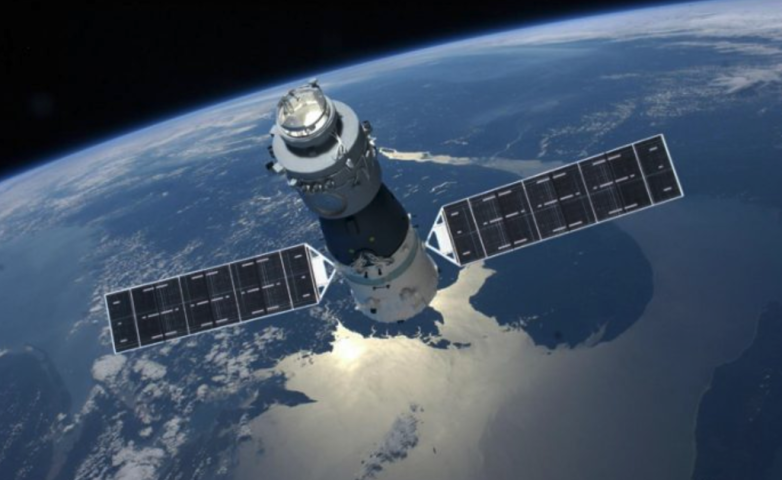|
|
||
|
||
|
Privacy Policy | Editorial Policy | Profit Policy | Join the Association | List of Members | Contact us | Index | Links |
||
|
Back Go to page: 1 2 3 4 5 6 7 8 9 10 11 12 13 14 15 16 17 18 19 20 Forward
|
||
|
|
||
|
Why Aircraft Carriers have an angled Runway.
|
||
|
|
||
|
In 1919, Admiral William Benson tried to eliminate the Navy's Aviation Division, claiming he could not "conceive of any use the fleet will ever have for aviation." By the end of the war, engagements like the Battle of the East China Sea were showing American naval air superiority.
Such success bled into the 50s, with jets becoming increasingly common on aircraft carriers. But as carriers became more widely and commonly used, problems arose. What was the best way to get jets on and off the carriers quickly and to efficiently arrange things to maximize both carrying capacity and runway space.
This U.S. Navy training film from 1955 shows the solution that the Navy came up with, which is still in use today: angular runways. See HERE.
The angled design, invented by Rear Admiral Dennis Cambell of the British Royal Navy, and presented to the US in 1951, offered a few distinct advantages over other options. In the case of an aborted landing, an angled runway gave returning planes plenty of room and open air to speed up and take off again. Better yet, this angled design kept carriers from having to sacrifice any on-deck parking space for planes not currently in flight.
It's a simple bit of geometry, but with big implications, ones that carry forward to the modern day.
|
||
|
I feel like water solves all problems. Want to lose weight - drink water. Want a clear face - drink water Sick of a person - drown them. |
||
|
|
||
|
Turbocharger Vs. Supercharger: What's the Difference?
Each has its advantages and disadvantages. Here's what you need to know.
|
||
|
It's the eternal question in the tuner world: Turbo or Supercharger? Each has its benefits and drawbacks—and this new video helps take away the mystery.
Both forms of forced induction have their advantages and disadvantages. It's up to you to decide which suits your car best. Turbochargers are great because they turn exhaust gas that would otherwise be wasted into power. They allow small engines to make big power and provide a swell of torque a naturally aspirated engine wouldn't otherwise have.
Superchargers, on the other hand, force air into the engine by drawing power from the engine, not the exhaust. Therefore, the effectiveness of the supercharger increases as the RPM increases and unlike turbochargers, superchargers generally don't change the trajectory of the torque curve, so it's like driving a naturally aspirated car, just with more horsepower. Throttle response is similar to that of a naturally aspirated car, so there's no waiting for that power to kick in.
There are downsides to each application, of course. Turbochargers usually have lag, and generate a lot of heat, while superchargers suck power from the engine to run and therefore aren't very efficient.
But that's just a simple explanation. Have a look at the video below:
|
||
|
|
||
|
|
||
|
Wife texts her handy husband on a cold winter morning: "WINDOWS FROZEN ~ WON'T OPEN." Husband texts back: "GENTLY POUR SOME LUKEWARM WATER OVER THE EDGES AND THEN TAP EDGES SHARPLY WITH HAMMER." Wife texts back 5 minutes later: "LAPTOP REALLY BUGGERED NOW."
|
||
|
Just over 30 years since an F-111 crashed.
On the 2nd April, 1987, Flight Lieutenant Mark ‘Speed’ Fallon (pilot), aged 24, and Flying Officer William Pike (navigator), aged 22, lost their lives when their F-111 crashed in a paddock near Tenterfield and disintegrated across Mt Lindesay Rd. The aircraft, which was a model C, was delivered to the Air Force in the 1st June 1973. On that April 1987 day it left East Sale for a navex and simulated attack and intended to land at Amberley at the conclusion of the flight.
At the subsequent enquiry, it was suggested the most probable cause of the accident was that the crew lost situational awareness with respect to altitude during a critical flight manoeuvre. Possible contributory causes of their loss of situational awareness included:
The aircraft crashed into a paddock next to John and Barbara Brown’s house. Barbara, who was an eyewitness gave an eyewitness account of the tragedy, describing the crash as ‘terrifying’ as her house rocked and five young children inside cried in fear.
“The house shook like we’d been hit by a huge earthquake,” she said. "The aircraft first hit the ground west of Mt Lindesay Rd into a paddock near the house and disintegrated across the road, leaving a trail of flames".
Residents up to five kilometres from the crash site felt the impact.
|
||
|
|
||
|
A memorial has been erected northeast of Tenterfield, NSW, 300m north of the Mount Lindesay/Old Ballandean Rds Intersection on the western side of Hwy.
|
||
|
On Sunday 2nd April 2017, a ceremony was held in remembrance of two deceased aviators with Wing Commander Richard Peapell hosted the ceremony and wreaths were laid by family members and others.
After a recital of The Ode and a playing of the Last Post, those present moved to the Tenterfield Golf Club for lunch.
|
||
|
|
||
|
Neighbour John Brown cleans the crash site memorial in preparation for the ceremony which was held last year.
|
||
|
Russia, China will have Anti-Satellite Weapons “within a few years”
The question is though, would they use them?
The U.S. intelligence community’s new worldwide assessment of threats to the United States and its allies issued a stark warning about space warfare: Russia and China will be able to shoot down the US’s satellites within two to three years.
The capability would seriously jeopardize the U.S. fleet, including Global Positioning System satellites, military and civilian communications satellites, and spy satellites. But would either country use them? and if they did, would they risk even greater damage to their own networks?
|
||
|
|
||
|
According to the document, "Worldwide Threat Assessment of the U.S. Intelligence Community," U.S. intelligence agencies think Russian and Chinese anti-satellite (ASAT) weapons “probably will reach initial operational capability in the next few years.” The document further claims that China’s People’s Liberation Army has created anti-satellite military units and begun “initial operational training” to use these anti-sat weapons launched from the ground.
The document claims Russia has made similar progress.
The Chinese tech in question is the SC-19 anti-satellite weapon. The SC-19 is launched from a mobile missile launcher and lofted into space by a modified DF-21 medium range ballistic missile. It's a kinetic weapon, meaning it smashes into the target to destroy it on impact.
The weapon weighs 1,200 lbs. and uses an imaging infrared seeker to home in on its target. The SC-19 has been tested at least seven times. In 2007, it intercepted the decaying Fengyun 1C satellite at an altitude of 537 miles as target practice. The collision created a cloud of space debris that earned China worldwide condemnation.
Less is
publicly known about Russian anti-satellite weapons. The PL-19 “Nudol”
is one such system, last tested in December 2016. Moscow claims Nudol is
an anti-missile missile, built for intercepting warheads streaking
towards targets in space. All these anti-satellite weapons are meant to
offset America’s advantage in orbit. U.S. military forces, often
operating thousands of miles from home, use satellites for navigation
(GPS), communications
The US Advanced Extremely High Frequency military communications satellite.
Just how much of a danger are these weapons? There’s no doubt America would suffer a serious blow if adversaries used anti-satellite weapons in a surprise, sneak attack, but here's something else to consider: Russia and China are just as reliant on satellites, if not more so. Their satellite networks are just as vulnerable, and possibly more difficult to replace than that of the U.S., which is a much more robust space power that is developing strategies to quickly fill holes in satellite networks with replacement satellites.
Either country using anti-satellite weapons in a conflict might end up making things even more difficult for itself in the long run, when retaliatory anti-satellite strikes by the United States could render opposing military forces strategically deaf, dumb, and blind. Meanwhile, U.S. satellite networks, built for resiliency, would heal themselves with replacement launches.
So far, there’s little actual evidence either country is building up space weapons for a space “first strike.” Like any weapon, Russian and Chinese anti-satellite system may be a form of insurance in case war does spread to space. War in space might be disastrous for all countries, but in the event of war it would be most disastrous to Russia and China.
And nobody knows it better than Moscow and Beijing.
|
||
|
|
||
|
|
||
|
Falling Chinese Space Station to Crash In About a Month.
Tiangong-1 has been deorbiting for months, but the station will finally re-enter Earth's atmosphere in a matter of weeks.
Chinese's first prototype space station, Tiangong-1, is falling back to Earth and could re-enter the planet's atmosphere before the end of March. A new analysis from the European Space Agency (ESA) predicts that the station will re-enter Earth's atmosphere between March 29 and April 9. ESA says the estimate is "highly variable," with a margin of error of about a week on either side. It's hard to know exactly when, but the station will imminently fall from the sky.
Knowing where the station will burn up is even trickier. The Chinese space laboratory circles the Earth many times per day, and it could fall "anywhere between 43ºN and 43ºS," according to ESA. However, given the station's orbital path, it is more likely to re-enter the atmosphere near one of those 43º lines of latitude, either in the Northern Hemisphere or Southern Hemisphere. Parts of the United States, the Iberian Peninsula, China, the Middle East, South America, Australia, and New Zealand are all potential re-entry locations.
It is possible that small pieces of the station survive the inferno of re-entry and impact the surface of the planet. However, it is highly unlikely that anyone is struck by falling debris. The federally funded research and development centre Aerospace estimates that a given person's chance of getting hit by a piece of the station is a million times less than the odds of winning the Powerball jackpot. Only one person in history is known to have been hit with a piece of spacecraft debris, and she was not injured by the small object.
Tiangong-1 was launched by China in September 2011. The orbiting laboratory and experimental space station was used multiple times to test spacecraft docking hardware and capabilities. Chinese astronauts visited Tiangong-1 twice in Shenzhou spacecraft in 2012 and 2013. The country's space program has since launched another space laboratory, Tiangong-2, in preparation for a larger space station that China hopes to complete in the early 2020s. The new large modular space station would be about one fifth of the size of the International Space Station, roughly the size of the Russian Mir space station, which re-entered Earth's atmosphere in March 2001.
All should be well and safe when Tiangong-1 comes plummeting down from the heavens to incinerate in the atmosphere, but the station should put on a fiery show when it does. If you are really lucky, you just might just find a piece of the space station after it falls out of the sky. |
||
|
|
||
|
|
||
|
|

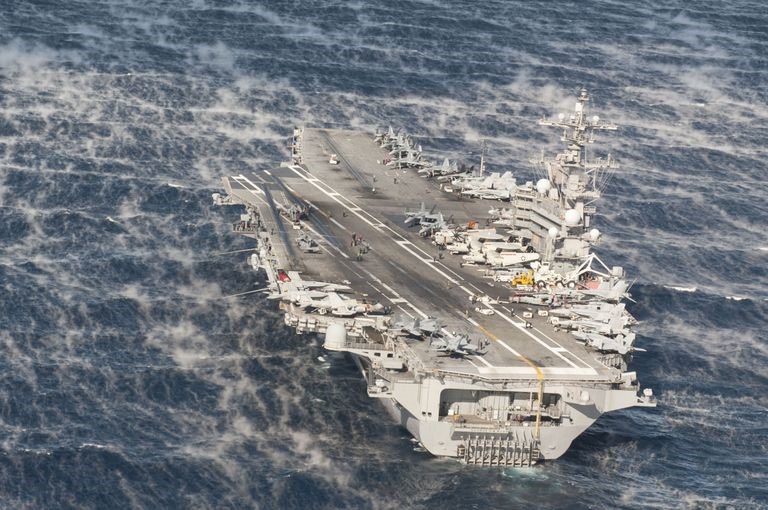

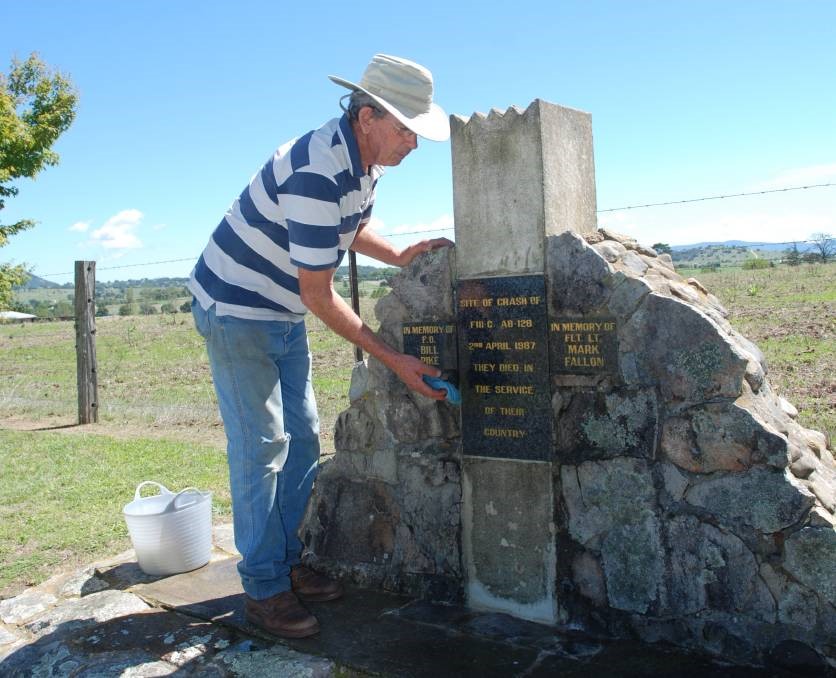
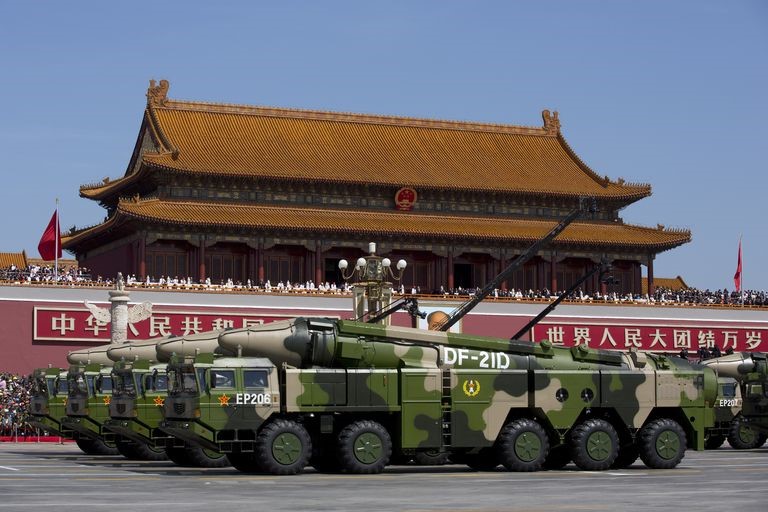
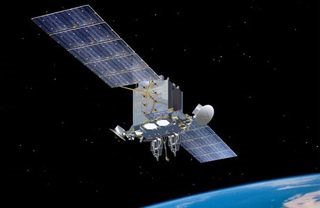 ,
and collecting information on potential adversaries. U.S. forces are
reliant on satellites for day-to-day operation but train to operate
without them in wartime. For example, the U.S. Air Force’s recent Red
Flag exercise forced aircrews to operate without the benefit of GPS, and
the U.S. Navy is studying how to keep communications up and running if
satellites are shot down using seagoing buoys.
,
and collecting information on potential adversaries. U.S. forces are
reliant on satellites for day-to-day operation but train to operate
without them in wartime. For example, the U.S. Air Force’s recent Red
Flag exercise forced aircrews to operate without the benefit of GPS, and
the U.S. Navy is studying how to keep communications up and running if
satellites are shot down using seagoing buoys. 
